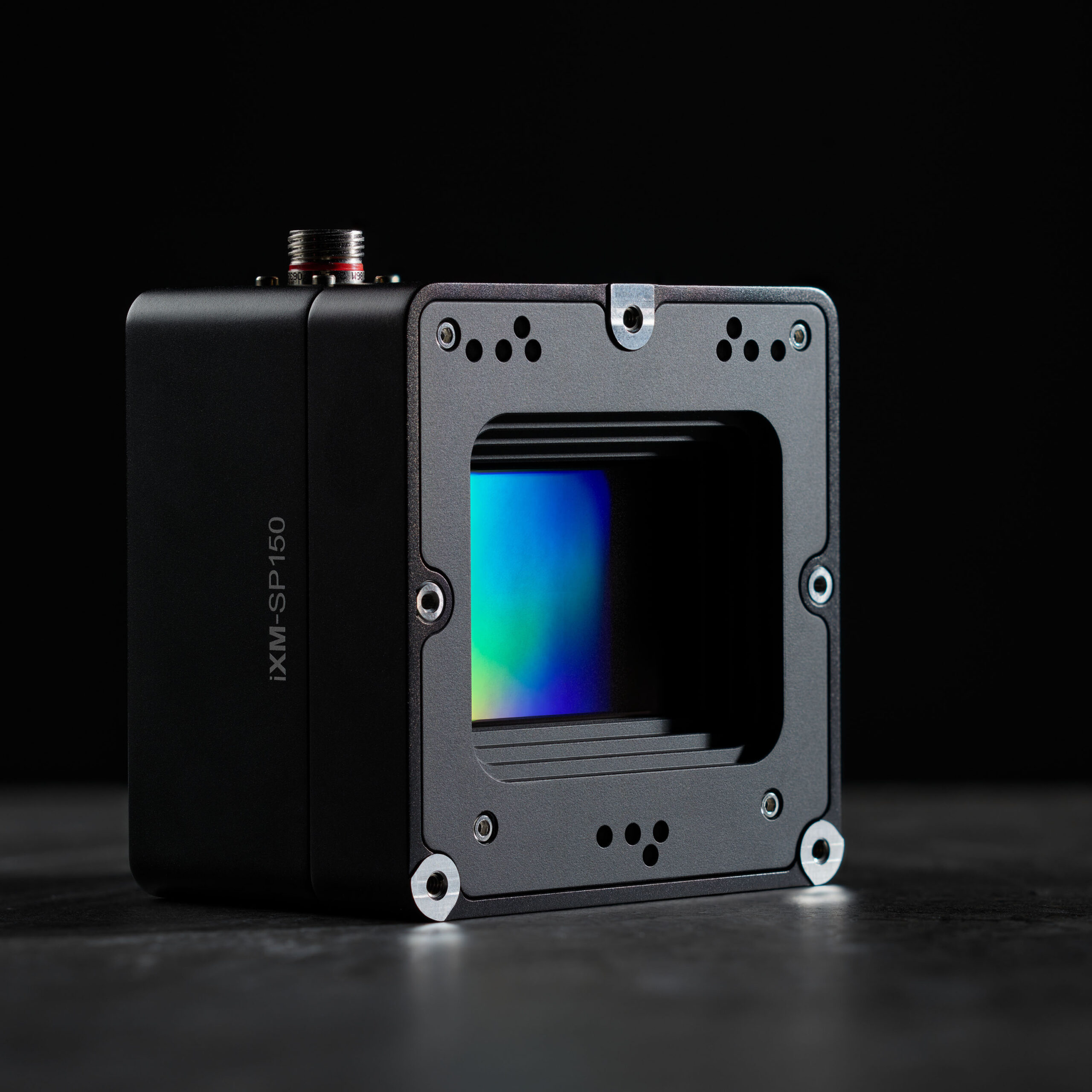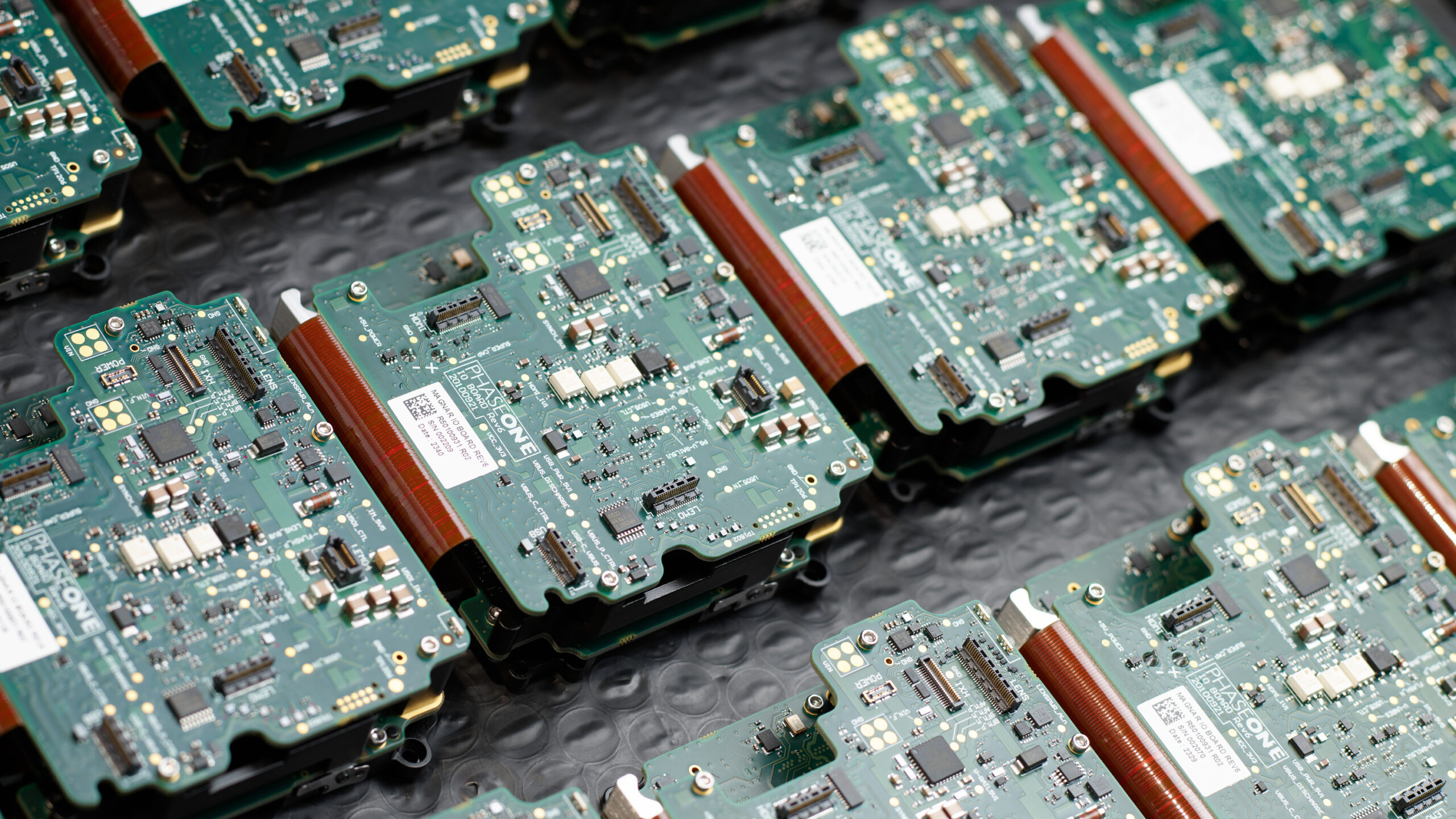What’s driving the need for more and better image data?
This post is all about the technology trends that are driving the demand for image data in a higher quantity and quality than ever before.
You’ll find out what the drivers are, how our advanced technologies put us in a unique position to meet these demands, and how we use them to build a future-ready strategic approach.
Image data refers to the digital representation of visual information. It consists of data points that describe the color, brightness, and arrangement of pixels in an image. This data can be captured, stored, and manipulated in various ways to produce visual content for displays, analysis, or further processing. Prioritizing high-quality image data is essential for achieving accurate results, enhancing performance, and driving progress in various fields.
Image Data Trends
We see several different trends that are driving the need for more and better image data. Geopolitical tensions are, sadly, never far from the world’s agenda. One outcome of this is a need for mapping at a level of detail and with a refresh frequency that was never previously required. Similarly global in scope are the blight of natural disasters that are exacerbated by climate change. The increase in the impact of floods, forest fires and refugee movements create the need for more visibility of the issues in real time.
These are complex problems with no easy solutions. But with high-quality images feeding next-level mapping data, these troubling issues could at least be understood better. This, one can hope, will lead to constructive thinking and hopefully to future positive change.

From Urban Planning To Augmented Reality
Better images are also an enabler for advancements in products and services at a more local level. Many sectors have developed tools that maximize the value of high-quality data from our cameras. These include urban planning, infrastructure inspection, environmental monitoring, and historical documentation. Even the entertainment, tourism and real estate industries are benefitting from high-quality imaging. Digital maps and augmented reality tools now create revolutionary, compelling consumer experiences. It’s a trend we clearly expect to continue to accelerate.
AI: More, Better Image Data
Another driver of the thirst for more and better data is Artificial Intelligence (AI) and machine learning. It is now becoming mature in the sense that today it is marketed to consumers (think Chat GPT or the ever-smarter algorithms that predict our needs in Google or social media advertisements.)
AI has shown its remarkable capabilities via its recent consumer exposure. As the underlying algorithms have matured, AI applied to imaging applications is now mainly limited by the amount and quality of image data available to train it. Today’s AI tools can efficiently process huge volumes of image data and they are being extensively applied across many industries. An AI tool trained on higher quality images would ‘learn’ more. With more detail, AI could make better suggestions or recommendations. Being smarter in this way is a productivity gain. For example, utility companies could use AI to make powerline inspections more efficient. AI is enhancing productivity across various industries; however, it is crucial to acknowledge the responsibility of safeguarding artists from potential risks associated with artificial intelligence.
We also see significant developments in image sensor technology. We work very closely with our sensor partners, and what we see in their technology roadmaps, combined with our own in-house research and development pipeline, makes us very excited about the future possibilities.
Watching these technological trends and developments and seeing how they’ve been — or could be — applied has helped shape our strategic approach to business. Have you thought about how they could help you?

Core technologies + flexible platform = future ready
Our technology and market experts are passionate about building strong relationships with key customers and partners. Meeting specific new requirements from the different markets we serve keeps us focused. By listening to what they say and striving to understand the problems they face, we’ve been able to design purpose-built solutions based on our deep technical know-how and core technologies. Around our core technologies we have developed a flexible technology platform. This platform allows us to continually adapt to emerging trends and requirements across a broad range of business areas and efficiently apply our technologies in application-specific solutions.
Close partnerships are the key to a future of mutual development. To support this, we invest significant time and effort in aftercare. We provide comprehensive services such as help with systems integration, training, and on-going support to ensure customer satisfaction — both now and in the future.

Share this on social media:
